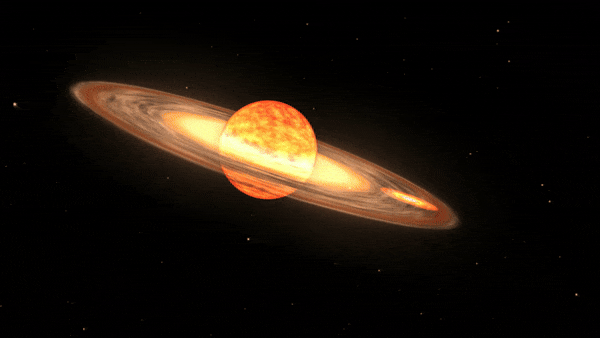Astronomers prepare for once-in-a-lifetime event: A 'new star' in the night sky
Stargazers and astronomers around the world continue to gaze toward the Corona Borealis constellation 3,000 light-years from Earth, where a long-dead star is expected to reignite in an explosion so powerful it will briefly rival the brilliance of Polaris, the North Star. The stellar corpse last turned on almost 80 years ago and will not reignite for another 80 years, making this a nearly once-in-a-lifetime experience.
Already, the stellar remnant, a white dwarf called T Coronae Borealis that's feasting on material from a nearby red giant star, has revealed a tell-tale dip in brightness that "is right on top" of the one that preceded its previous outburst in 1946. Astronomers don't yet know for sure what's causing the dip, but they say it's just a matter of time before the nova satiates its hunger and explodes into a spectacular nova. "We know it's going to go off — it's very obvious," Edward Sion, a professor of astronomy and astrophysics at Villanova University in Pennsylvania, told Space.com.
The remarkable event is a treat not just for skygazers. Astronomers have earmarked precious time onboard a host of ground- and space-based telescopes to catalog every possible detail to learn more about novas, whose dynamics remain murky thanks to only a few outbursts cataloged over decades. T Coronae Borealis, or T Cor Bor for short, belongs to an elite club of ten recurrent novas known across the Milky Way, our home galaxy, offering astronomers a rare front-row seat to closely study a stellar corpse as it devours material to the extent that it caves in, thus recoiling in a violent explosion.
Insights from this event would eventually make their way to models of how stars work, astronomers say.
T Cor Bor is being watched by NASA's Fermi gamma-ray space telescope every day — and, most of the time, every few hours. As soon as the nova erupts, gamma rays will skyrocket alongside a similar spike in the nova's brightness, allowing astronomers to decipher just how hot material is getting soon after the eruption, and how fast that material blows away from the white dwarf. Astronomers are also eager to learn more about how shock waves will whiz through space in the moments following the explosion, the specifics of which are not very well understood.
Website: academicawards.sciencefather.com
#newstar
#astronomy
#nightsky
#starevent
#celestialevent
#onceinalifetime
#spacewatch
#stargazing
#brightstar
#cosmicwonder
#rarephenomenon
#skygazers
#supernova


Comments
Post a Comment